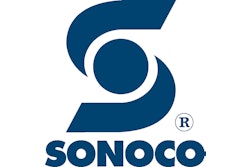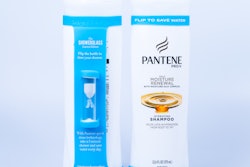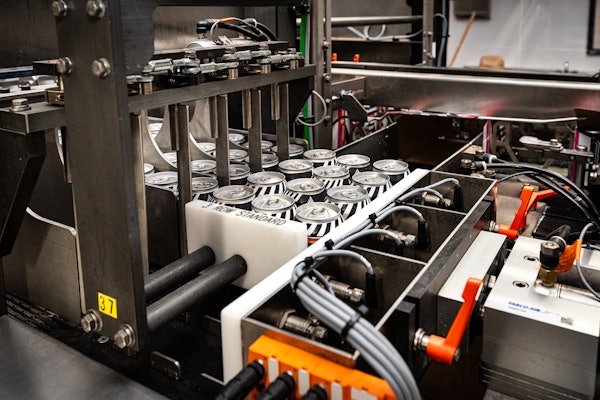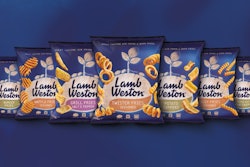When it comes to e-commerce, how much is too much packaging? And, what is the cost of using too little? It’s this balance more than anything else that determines the sustainability of e-commerce packaging. Because, when a package fails to protect the product, the environmental cost resulting from replacing the damaged item goes far beyond that of the additional packaging materials that would have been needed to keep it safe. That was the message imparted in a seminar at PACK EXPO International 2016, “Big Picture Thinking: Optimizing E-Commerce Packaging,” organized by AMERIPEN – American Institute for Packaging and the Environment.
Said Jim Lowry, Director, New Business Development & Technology at Sonoco Protective Solutions, in his presentation, “Grow & Optimize: Changing for the Better,” despite what many of Sonoco’s CPG customers believe, packaging sustainability extends far beyond the recyclability of the material. “Sustainability is reducing waste through the entire supply chain, starting with product packaging, delivery methods, and consumer satisfaction, all the way to recycling and recovery of the package,” he said.
As Lowry pointed out, while e-commerce has grown and evolved from the shipping of books and CDs in the early ’90s to electronics in the mid-2000s to now, where everything—including the kitchen sink—is being sent direct to the consumer, e-commerce packaging has not always evolved to meet the challenges of shipping “larger-than-a-bread-box” products. “Smaller items going through e-commerce really, truly have a different system than larger items going through e-commerce,” he explained.
What’s needed is a total systems approach that considers the CPG’s manufacturing footprint, its distribution chain, and the real cost of damage due to packaging that doesn’t work. “By designing for the total system and using the appropriate materials, we can help produce sustainable packaging that will reduce over-packaging, create the right size package for the product and its shipping environment, and help reduce damage and the impact that damage has on a CPG’s product, its brand, and the environment,” said Lowry. (Sonoco offers an online calculator to help CPG’s understand the cost of e-commerce shipping-related damage to their company.)
For a brand owner’s perspective, Walt Peterson, Manager of Packaging Innovation for Nestlé shared the company’s experience moving into e-commerce. “E-commerce is a journey,” he said. “It’s fundamentally different for CPG companies like ourselves, and we are approaching it in a fundamentally different way. But packaging’s primary focus still remains protection”—especially as studies have shown that e-commerce packaging changes hands 20 times before it reaches the consumer versus five times in the retail supply chain.
When getting into e-commerce, Peterson said Nestlé decided to design packaging specifically for that channel. “We don’t want to ship our goods to Amazon, have them re-box it, re-box it again, and move it through their supply chain,” he said. “That’s not the right thing to do. The way we look at it, that’s not sustainable.”
The right thing to do, he explained, is to select products that make sense for e-commerce, design secondary packaging that can be used as the primary shipper, and partner with e-commerce retailers to promote profitability objectives.
One example of a package Nestlé designed expressly for e-commerce is a shipper sized to hold two to four packages of powdered baby food. “It lends itself perfectly,” Peterson said. “It’s a plastic container, it survives the trip very well.” Another is a shipping case designed specifically to hold two 35-oz bottles of powdered Coffeemate creamer.
“Now, we are creating SKUs, and I know if any of you are in the CPG world, creating more SKUs is probably not something you want to do, but there’s just no way around it. You have to create these packages to transfer and move the product through the distribution chain.”
Another speaker, Vicki Case, Vice President of E-Commerce & Fulfillment Solutions for Sealed Air, also stressed the importance of a systems approach to e-commerce packaging. “My hope for this world is fewer but better goods; that has a tremendous value,” she said. “The fact that you are getting the products to the consumer undamaged the first time, using the right materials is the power that you as a CPG have to change things and make sure it’s a win for everyone.”
For more information, see a white paper from AMERIPEN, “Optimizing Packaging for an E-commerce World."
Go to related story, "Fit-to-size box-making machine saves on shipping costs."

























